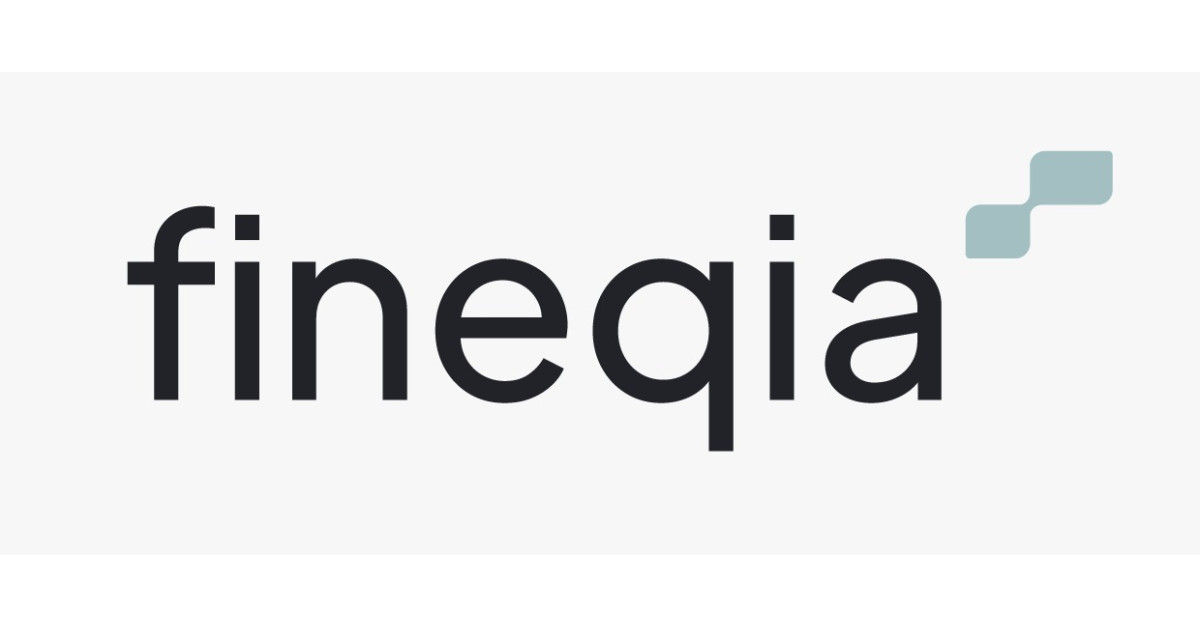Pi Network has unveiled an ambitious $100 million venture fund designed to accelerate development on its mobile-first blockchain platform. Announced on May 14, Pi Network Ventures will deploy capital in both PI tokens and US dollars to invest in startups and businesses that build applications on Pi’s infrastructure or contribute to its broader ecosystem. The initiative represents a significant push to increase utility for the Pi cryptocurrency by strategically backing companies that integrate it into their products and services, potentially creating new use cases and driving transaction volume across the network.
Unlike many crypto-focused investment vehicles, Pi Network Ventures plans to cast a wide net beyond traditional blockchain applications, targeting diverse sectors including generative AI, fintech, embedded payments, e-commerce platforms, marketplaces, social networks, and real-world consumer and enterprise applications. The fund will follow a traditional Silicon Valley venture capital approach to sourcing and vetting potential investments, focusing on companies from early stages through Series B funding rounds and beyond. According to the announcement, this methodology aims to “identify and support high-impact and disruptive startups” while creating “a feedback loop of innovation and adoption” throughout the Pi ecosystem.
This venture fund launch comes at a critical juncture for Pi Network, which has faced persistent criticism regarding its business model and transparency. Skeptics have raised concerns about the project’s referral-based growth strategy, which some have compared to multilevel marketing structures, and its limited technical documentation. Additionally, the platform’s native PI token has experienced significant volatility since its mainnet launch in February, declining more than 65% and currently trading approximately 25% below its all-time high. Against this backdrop, Pi Network Ventures appears to be a strategic move to demonstrate the platform’s commitment to long-term ecosystem development and to establish legitimate use cases that could address some of these criticisms.





